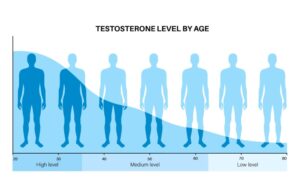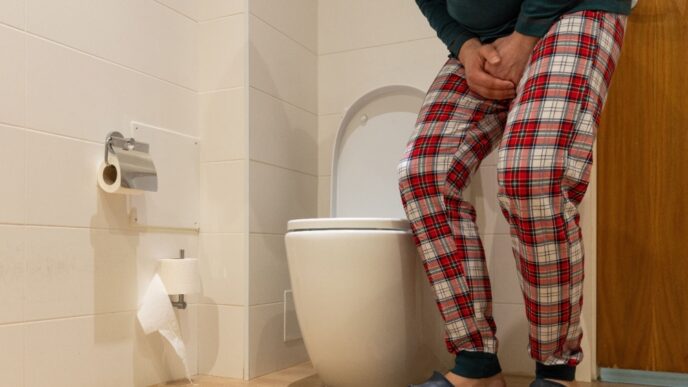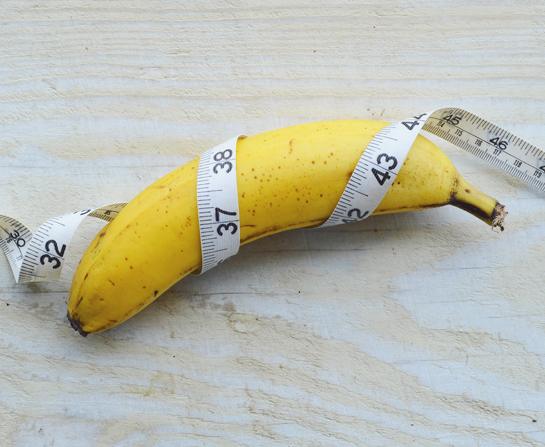Testosterone replacement therapy (TRT) is gaining attention as a way to boost energy, muscle strength, mood, and libido—but it’s not without risks. Dr Kaarthig Ganesamoorthy breaks down how TRT works, what benefits you can realistically expect, and the potential side effects you should know before considering treatment. Get the facts straight from an expert.
WORDS LIM TECK CHOON
 FEATURED EXPERT FEATURED EXPERTDR KAARTHIG GANESAMOORTHY Medical Director DTAP Clinic Malaysia |
TESTOSTERONE IS A ‘MANLY’ HORMONE
- It is produced in the testes or ovaries.
- A small amount of testosterone is produced by a woman’s ovaries as well.
- While present in men as well as women, it is found in much higher amounts in men.
What Does Testosterone Do?
Dr Kaarthig Ganesamoorthy reveals that testosterone is primarily responsible for the development of male characteristics.
- It also has a role in regulating sperm production.
- It triggers the development of internal and external reproductive organs in male foetus during pregnancy.
- It also triggers development of male secondary characteristics during puberty, such as body and pubic hair, enlargement of testes and penis, increased height, and increased libido.
- It works in tandem with other hormones to regulate sperm production.
- It is also involved in enhancing libido, production of red blood cells, and maintenance of bones and muscles.
A MAN’S TESTOSTERONE LEVELS GRADUALLY DECREASE AS HE AGES
As Dr Kaarthig explains it, a man’s testosterone levels will slowly decrease—by about 1% each year—after the age of 30 or 40.

Some studies suggested that this decrease can be more significant among men that have diabetes or are overweight.
“The effects of gradually lowering testosterone levels as a man age is known as late-onset hypogonadism,” Dr Kaarthig goes on to reveal.
Late-Onset Hypogonadism
Such late-onset hypogonadism hampers the man’s ability to produce normal amounts of testosterone, which in turn can affect their fertility as well as their libido, mental well-being, body shape, and even health.
- Decreased sex drive and energy
- Erectile dysfunction
- Infertility, a result of low or zero sperm count
- Decrease in muscle and bone masses
- Increased body fat
- Enlarged ‘man boobs’ or gynaecomastia
- Problems in concentrating, irritability, and even hot flashes (“male menopause”)
- In severe cases, the man may experience mental and emotional changes, even depression
CERTAIN MEDICAL CONDITIONS AND MEDICATIONS MAY ALSO LOWER TESTOSTERONE LEVELS
Common medical conditions that can lead to low testosterone levels include:
- Testicular disorders and injuries.
- Problems with the pituitary and/or thyroid glands.
- Poorly controlled diabetes.
It is also possible for genetic conditions such as Klinefelter’s syndrome to cause low testosterone levels.
A DOCTOR CAN HELP ADDRESS LOW TESTOSTERONE LEVELS
Dr Kaarthig advises men that believe that they have low testosterone levels to visit a doctor.
- The doctor will take down the man’s medical history and perform a physical examination.
- A blood test will usually be ordered to confirm that the man’s testosterone levels are lower than normal.
- Following the results of the blood test, the doctor may order follow-up tests to detect and rule out presence of health conditions that may have contributed to the low testosterone levels.
TESTOSTERONE REPLACEMENT THERAPY CAN HELP BOOST LOW TESTOSTERONE LEVELS
Testosterone replacement therapy (TRT) is an option to treat low testosterone levels that are due to ageing or a medical condition.
Is This Legal?
This therapy is legal, or else it wouldn’t be available in Malaysia!
Dr Kaarthig points out that certain sports organizations may have rules disallowing testosterone therapies, however, so men that are competing professionally should consult the rules and regulations of the competition before opting for this therapy.
How TRT Works
There are several options available to deliver testosterone into the man’s body.
Injections
- Testosterone will be injected directly into the man’s muscles, typically once every 2 to 3 weeks.
- Actual frequency of the injections will depend on how severe the man’s testosterone level is and other factors.
Pills
- Testosterone pills are a simple, convenient option, especially for men that don’t relish the idea of getting frequent injections.
Gel
- The man applies a clear gel, often once a day.
- Some gels can be applied directly onto the skin, while others can be applied inside the nose.
Patches
- They can be applied onto the arm or upper body once a day.
Mouth patch
- This is usually a tablet that can be attached to the upper gums.
- One typically applies the mouth patch twice a day.
Dr Kaarthig notes that each option has its share of advantages and disadvantages, as well as side effects, so the doctor will help decide which option would suit one best.
He also reveals that careful monitoring of serum testosterone levels is required during the treatment period, to assess the progress and effectiveness of the treatment.
TRT Is Not for Every Man
Dr Kaarthig points out that testosterone replacement therapy may not be suitable for men with existing prostate and/or heart problems.
| While testosterone replacement therapy can help restore testosterone levels in a man, there is currently no evidence to suggest that it can restore his fertility. There is also not enough research data to suggest that this therapy will benefit healthy men with normal testosterone levels. |
| This article is part of our series on tips and advice on men’s health, sex life, and fertility. |












